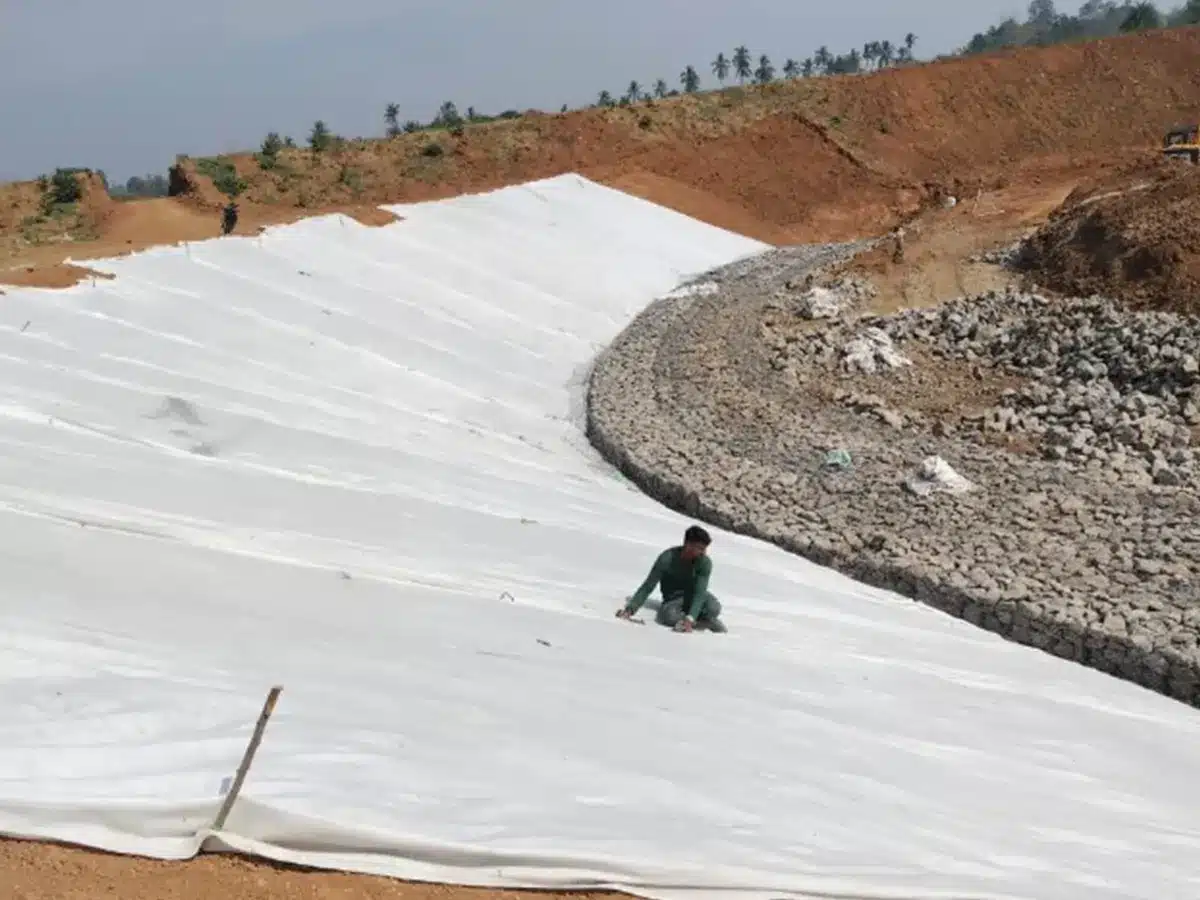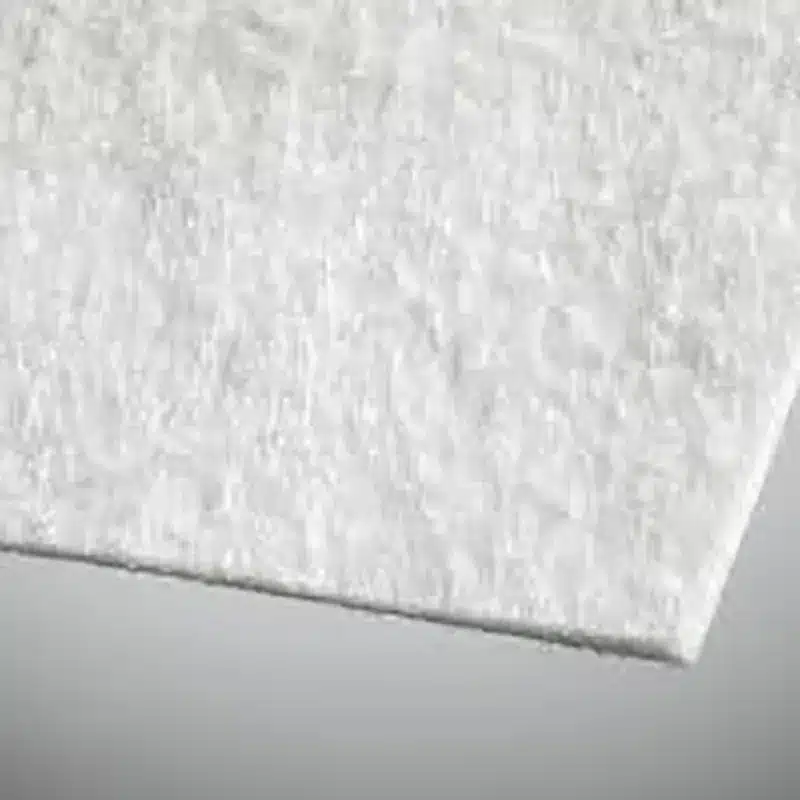+86-159 9860 6917
info@geofantex.com
geofantex@gmail.com
+86-400-8266163-44899
High-strength geotextiles are engineered fabrics that provide exceptional support and durability in various applications, from construction to environmental protection. Made from synthetic fibers, these materials are designed to withstand significant tensile forces, making them ideal for reinforcing soil and enhancing the stability of structures. Their versatility has made them indispensable in geotechnical engineering, helping to improve drainage, reduce erosion, and increase the lifespan of infrastructure.
How strong is geotextile fabric?
Geotextile fabric strength varies by type and application, but high-strength geotextiles typically have tensile strengths ranging from 30 kN/m to over 100 kN/m. This strength allows them to resist deformation under load, making them effective for heavy-duty applications such as road construction and slope stabilization.

What are the three types of geotextile fabric?
The three main types of geotextile fabric are open-mesh or woven fabric, knitted, and closed fabric or nonwoven. Woven geotextiles are known for their high tensile strength, making them suitable for applications requiring robust support. Closed fabric or non-woven geotextiles, on the other hand, provide excellent drainage and filtration, while knitted geotextiles combine flexibility and strength for various construction needs.
What is geotextile reinforcement?
Geotextile reinforcement refers to the use of geotextiles to improve the load-bearing capacity of soil, used to prevent deep-seated failures, reinforce sloping embankments, and offer a cost-effective, long-term solution for large-scale ground engineering projects. By distributing loads over a larger area, these fabrics help prevent soil failure, reduce settlement, and enhance the overall stability of structures like retaining walls and embankments.
Which geotextile to use?
Choosing the right geotextile depends on the specific application and environmental conditions. Listed below are the major differences between woven and nonwoven geotextiles: Woven geotextiles are an excellent choice for reinforcement and stabilization applications, while nonwoven geotextiles are great for filtration, separation, and drainage applications. For projects requiring high strength and stability, woven geotextiles are often recommended. In contrast, nonwoven geotextiles are ideal for drainage and filtration tasks. It’s essential to assess factors such as soil type, load requirements, and moisture levels to select the most appropriate geotextile.
High-strength geotextiles play a critical role in enhancing the performance and longevity of various engineering projects. With their robust properties and adaptability, they address diverse challenges in construction, ensuring safer and more durable infrastructures. Understanding the types, strengths, and applications of geotextiles is crucial for making informed decisions in geotechnical engineering.



Get Free Sample
We’ll respond as soon as possible(within 12 hours)






















